ROOM: The Space Journal is one of the prominent magazines on space exploration, technology and industry. At ROOM, we share a common dream – promotion of peaceful space exploration for the benefit of humankind, all while bringing you throughly researched articles on an array of contemporary topics. Our authors include experts and industry leaders from all over the world, which lets us bring you the most up-to-date and comprehensive information about shuttle space pictures.
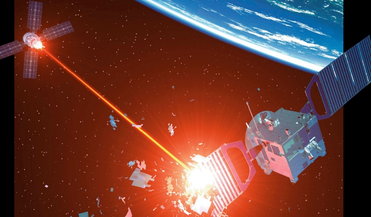 June 2022
Military space – how worried should we be?
June 2022
Military space – how worried should we be?
...(Warner Brothers, 1983) unmistakeably reflected the US government and media portrayal of early space as ‘peaceful purposes’. The Space Shuttle had its own dedicated west coast military base, Vandenberg Air Force Base. Full ...); and countries or groups of countries with dual-use systems, typically navigation. It is not a static picture, with some countries gaining in capacity (e.g., China, Japan) and others declining (Russia), but the key contours...
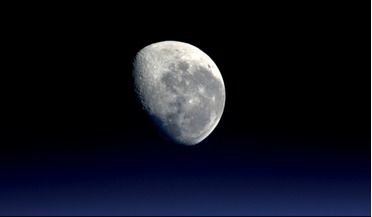 September 2016
Transforming US space policy
September 2016
Transforming US space policy
... between the United States and the Soviet Union, the Apollo programme, Space Shuttle launches, the International Space Station; all high profile human exploration programmes carried out by world governments. Many do not realise... Act facilitates the creation of a conjunction analysis and warning centre with a single integrated space picture that fuses unclassified data from DoD, international and commercial sensors, as well as data emitted from ...
 February 2020
Preserving our space heritage
February 2020
Preserving our space heritage
...trains, cars, etc, but probably no satellites that have actually flown in space. There are, of course, a few re-entry capsules and a limited cadre of space shuttles, manned vehicles that were deliberately designed to return to Earth. But in contrast..., not simply image them. For this we would need a larger satellite that could not only take pictures of the target, but also rendezvous with it and provide it with ‘curatorial services’ that would help...
 February 2019
The Space Elevator – an alternative path to space?
February 2019
The Space Elevator – an alternative path to space?
... spectacular launch failures. The rocket equation for chemical rockets results in only a small payload fraction. The space shuttle carried only one train-wagon-equivalent payload to LEO, around 27.5 metric tons (mt), or 1.4 percent of total...eventually hit it. This danger is as real as a speck of paint almost taking out the window of the space shuttle! The risks of debris, large and small, and the possible responses are complex [19] and beyond this...
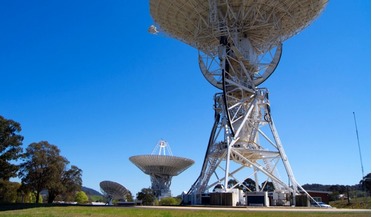 February 2019
Building a space museum from scratch
February 2019
Building a space museum from scratch
... of heatshield, materials from a Mercury spacecraft, and several types of thermal protection tiles used in the Space Shuttle programme. For a space-nut like me, it was heaven. The big crate had my heart pounding. It stood nearly as..., materials from a Mercury spacecraft, and several types of thermal protection tiles used in the Space Shuttle programme. However, the big items like the LM descent engine would require a specially constructed case...
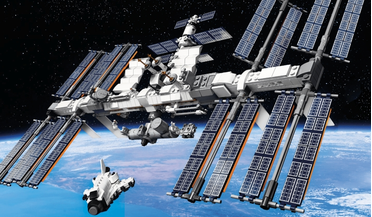 July 2020
Lego’s replica space programme
July 2020
Lego’s replica space programme
...facsimile of the ISS, measuring about 48 x 30 x 24 cm when complete. It is mounted on a Lego-built stand with a Space Shuttle, capsule and several ‘cargo spacecraft’ that can be docked to the station. Like the real thing, the..., lack-of-saleability reasons). It could, however, be time to consider that icon of human space travel, the Space Shuttle, as it drifts further into the mists of history and rose-tinted recollection. About the author...
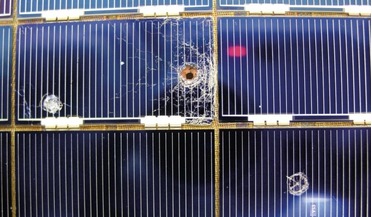 February 2021
Space archaeology - preserving our orbital heritage
February 2021
Space archaeology - preserving our orbital heritage
... flake travelling in excess of 17,500 miles per hour is significant, as shown by craters observed in Space Shuttle windows. Whilst larger assets such as the ISS have Whipple shielding to provide a measure of protection from... Case study One notable space asset within the space heritage discussion is the Hubble Space Telescope (HST). Launched in 1988 aboard Space Shuttle Discovery, it is clear that the venerable space telescope has a limited future...
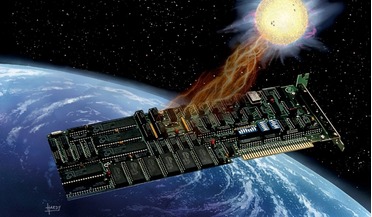 March 2021
Space weather and risk mitigation
March 2021
Space weather and risk mitigation
... is of high importance. Disaster severity is a function of four groups of critical factors: hazard characteristics, space asset characteristics, terrestrial infrastructure properties and exposure, as depicted in Fig. 2. In this sense, the availability... mega-constellations. Open access to data collected in the Sentinel missions - notably Sentinel 1 (pictured) and Sentinel 2 – has changed the commercial model of high-resolution data. Way forward ...
 April 2021
Space wars - how they start and how to end them
April 2021
Space wars - how they start and how to end them
... is going on to any reasonable level of confidence. Firstly, very few countries have space surveillance sensors that can form even a small picture of what satellites are up there and what their capabilities are and, secondly, to ...verify a space treaty the United Nations would have to possess an extensive world-wide network ...